Where To Find Wildflowers? Experts Weigh In
Tips for finding wildflowers and planting your own.
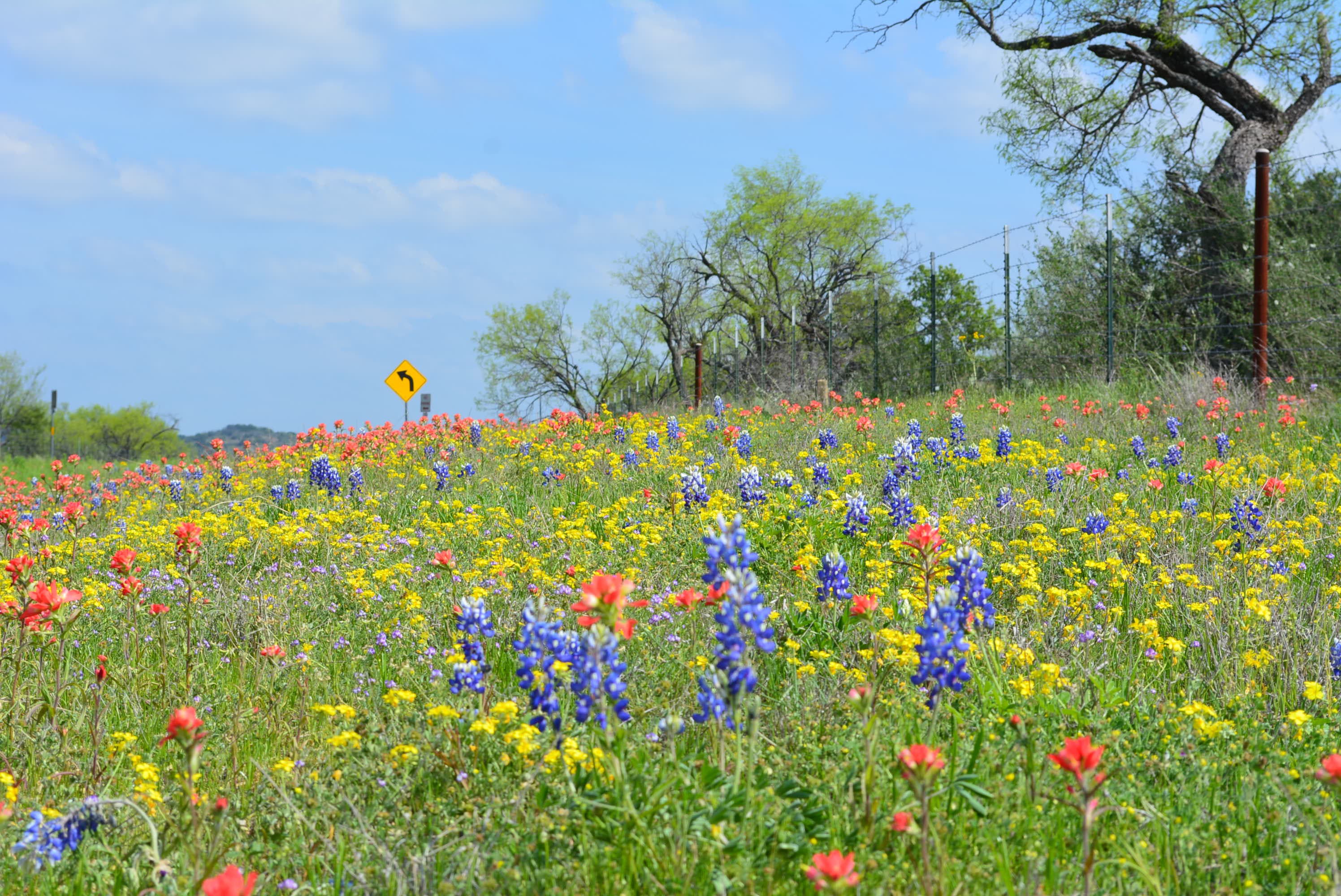
If you’re driving on the freeway over the next few weeks, take a glimpse out your window and you may see a scene similar to the one above: a spectrum of colors blanketing the grassy hillsides and medians. Spring is here, and that means it’s a perfect time to go wildflower peeping. People have been witnessing an array of vibrant buds and blooms across the United States.
“I love this time of year. It’s gorgeous,” says Andrea DeLong-Amaya, the director of horticulture at the Lady Bird Johnson Wildflower Center at the University of Texas at Austin. “Pretty much anywhere in the country you’re going to have some flowers.”
[Experts explain why wildflowers serve as a “smorgasbord” for bees.]
The diversity of species is reflected in the rainbow of colors. In the Northeast, wine-red and creamy white Trillium species are cropping up, and the white petals of Dutchman’s breeches (Dicentra cucullaria) are on display. And in California, where competing grasses have succumbed to prolonged drought, recent rains have nourished species of poppy and desert flowers.
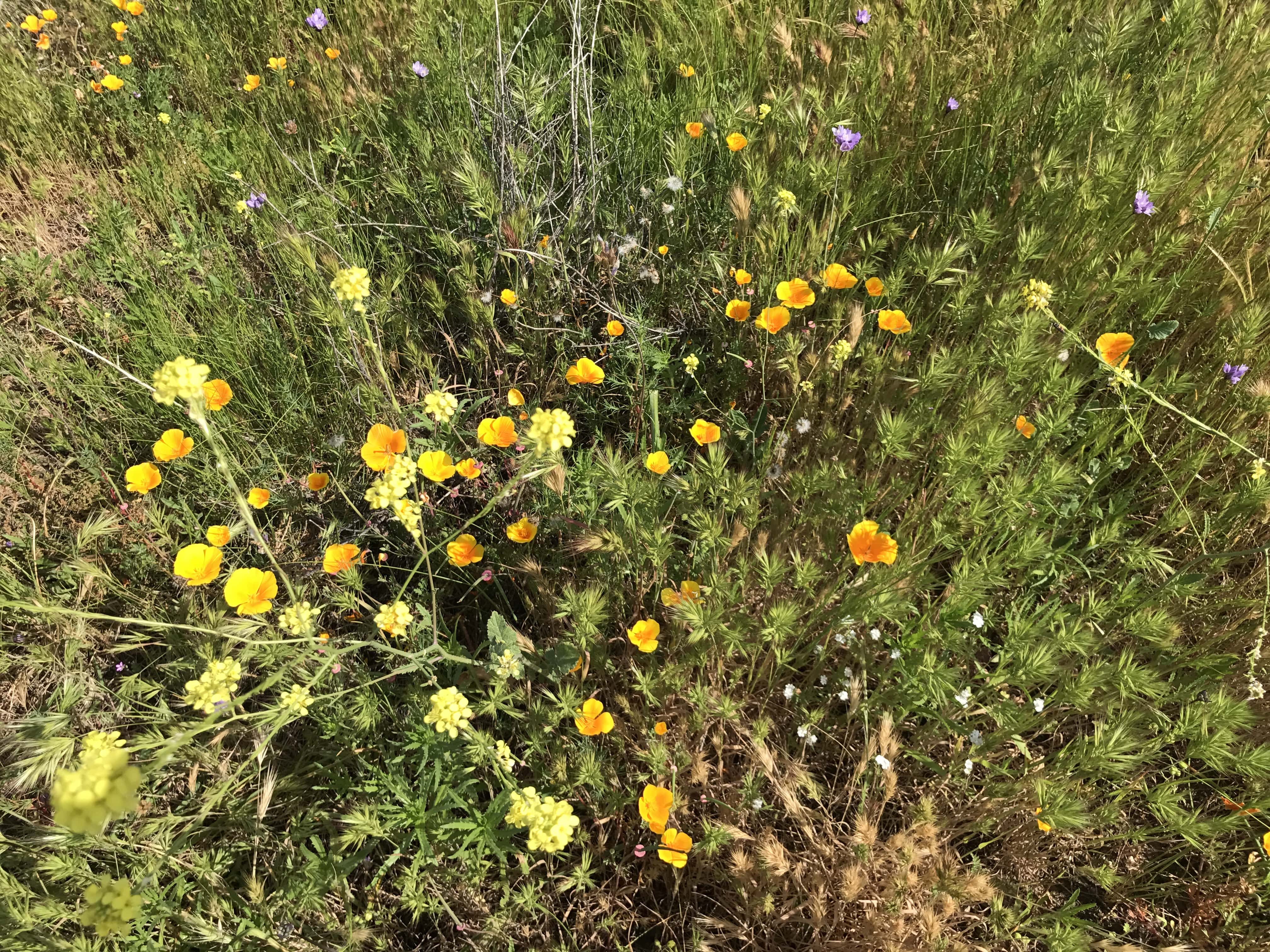
Meanwhile, in Texas, Delong-Amaya spies a variety of species at the Lady Bird Johnson Wildflower Center: pink evening primrose (Oenothera speciosa), purple coneflower (Echinacea purpurea), and an abundance of bluebonnet, the state flower.
“The bluebonnets started earlier than average, and that was a little odd,” she says. “We had a lot of warm weather towards the end of winter and it pushed the bluebonnets quite a bit earlier than when we typically see them.”
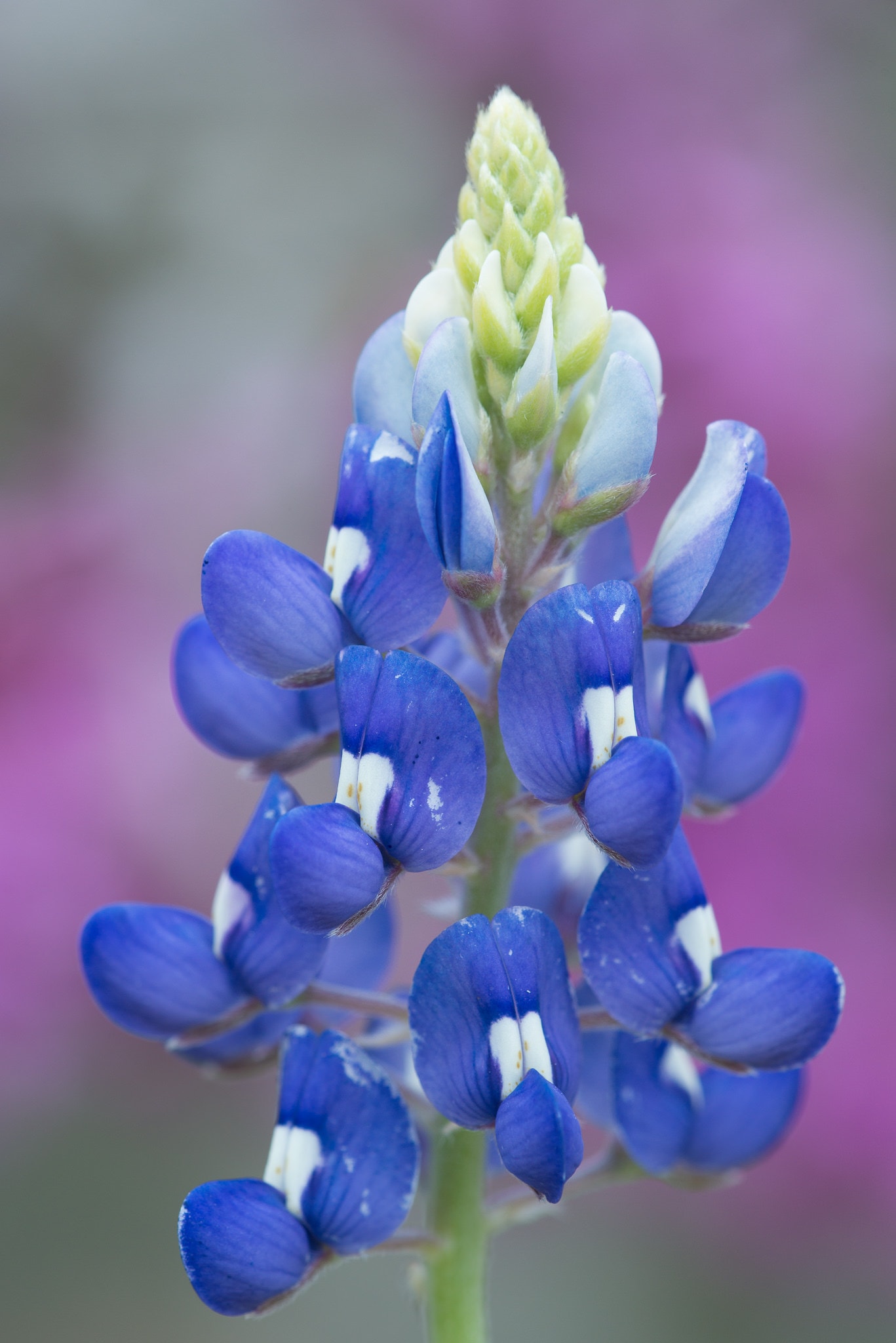
The spring wildflower season generally arrives in March and April. But earlier blooming can occur when there’s a season of ample rainy weather followed by warm temperatures. Indeed, some buds popped up as early as February in Texas, says DeLong-Amaya. California also saw early blooming, according to data collected by the app iNaturalist. And in Missouri, higher temperatures also gave Virginia bluebells, celandine poppies, Virginia waterleaf, and other native species a jumpstart, according to Scott Woodbury, a horticulturist and manager at the Whitmire Wildflower Garden at Shaw Nature Reserve at the Missouri Botanical Garden.
Some early risers, such as the deciduous eastern redbud (Cercis canadensis), endured subsequent freezes. “You could see crystals on the stems,” says Woodbury. “But then after the freeze they came through just fine.”
So where should you go if you want to see wildflowers in your area?
“Every state in the nation has great places to view wildflowers,” says Woodbury. “It’s just a matter of logging on to the state website and resources and finding out where the parks are.”
There are many wildflower refuges and reserves that are protected by state or federal governments and that are open to the public, says Woodbury. Remnant prairies, woodlands, and wetlands are also good places to spot local wildflower species. A community of wildflower enthusiasts has even created a map of wildflowers of North America on iNaturalist. Searching on Instagram and Twitter turns up geo-tagged photos of wildflower sightings, too.
If you want to bring botanical beauty to your own home, you can try planting a wildflower garden. However, use sound judgment when considering purchasing premixed seed packets labeled “wildflowers,” commonly found in big-box home improvement stores.
“When you get a premixed wildflower seed packet, it is really important to look and see what species are in that mix,” says DeLong-Amaya. “They may not be the most appropriate for the region that you want to plant them in.”
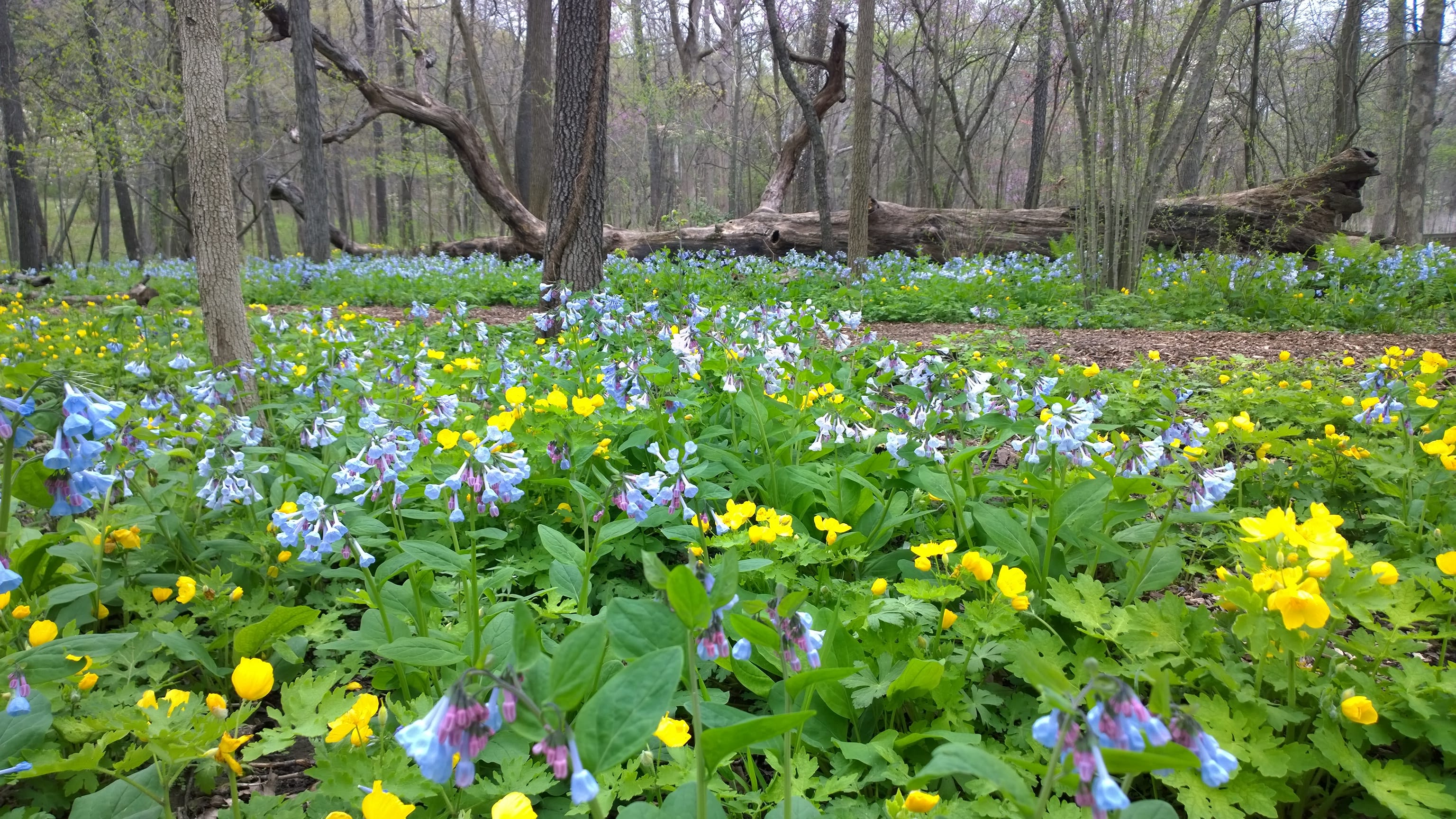
Premixed seed packets can contain species that aren’t native to your area—some might not even be native to the United States—and thus they might not thrive in your garden. The packets have also been known to include annual plants instead of perennials.
But “the biggest issue [with premixed seed packets] is going to be invasive species,” says DeLong-Amaya. “One that I’ve seen in the Rocky Mountains that is a real problem is the ox-eye daisy [an invasive weed], and that’s a common wildflower that you see in packets.”
Invasive species can outcompete native plants that pollinators and other wildlife rely on.
Native bees, for instance, “need different things,” says Hollis Woodard, an assistant professor of entomology at the University of California, Riverside. “You can’t just plant whatever and [think] it’ll automatically help all these native specialist bees. One of the general things you can do for those natives [bees] is to leave areas wild. Let an area be what it’s supposed to be.”
Woodbury suggests avoiding buying wildflowers from big-box stores altogether and instead purchasing plants at local garden centers that have a native plant program. There are some seed companies that are also mindful about creating region-specific packets, says DeLong-Amaya, but sometimes the best thing to do is to make your own blend.
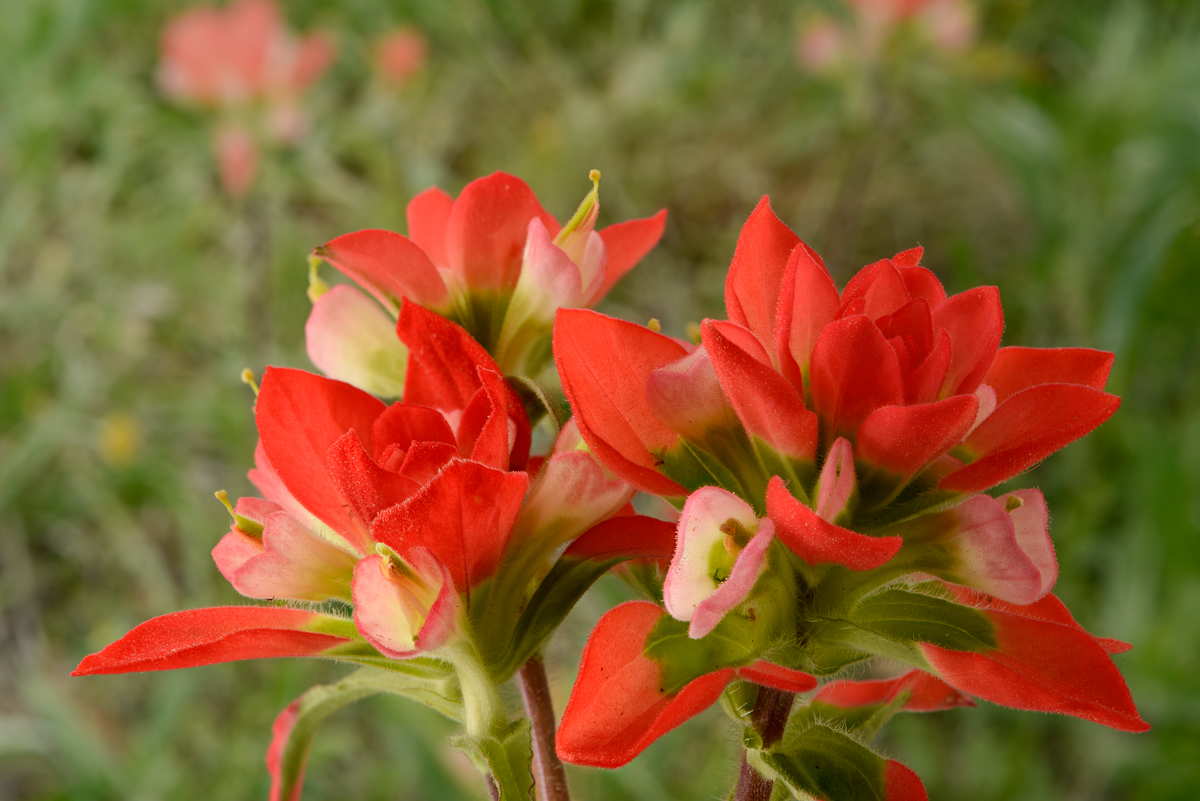
If you decide to go that route, DeLong-Amaya suggests consulting resources like the Lady Bird Johnson Wildflower Center’s online native plant database or iNaturalist to see what grows in your area, and then buying the individual species seeds separately. She also encourages people to plant species with the same local genetics. These plants will more likely succeed in the environment and won’t pollute the gene pool of the local vegetation.
As the air continues warming, get out and relish spring’s palette. As Woodbury says, “It’s just starting to look flowery and colorful out there.”
Lauren J. Young was Science Friday’s digital producer. When she’s not shelving books as a library assistant, she’s adding to her impressive Pez dispenser collection.